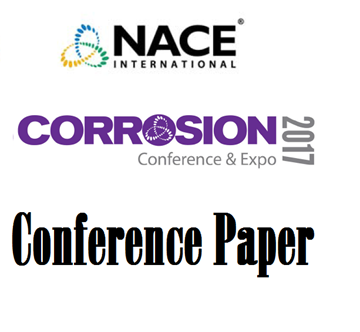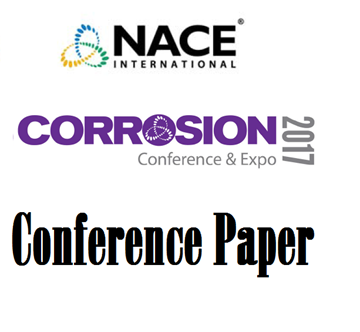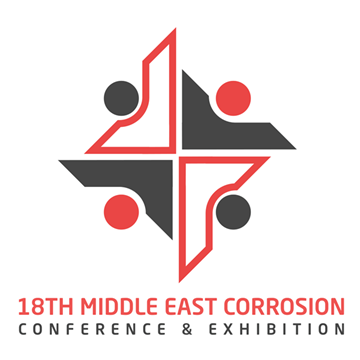Search
Products tagged with 'pitting'
View as
Sort by
Display
per page
High Resolution CT Scan as Tool for Precise Quantification of Material Loss due to Localized Corrosion in Brake Calipers
Product Number:
51321-16467-SG
Publication Date:
2021
$20.00
Improved Localized Corrosion Models For Stainless Steels In Aqueous Chloride Environments With Low Levels Of Dissolved Oxygen
Product Number:
51322-17955-SG
Publication Date:
2022
$20.00
In situ Electrochemical Evaluation of Pitting Corrosion of Carbon Steel Pipelines Exposed to Slightly Sour Seawater Service
Product Number:
51317--9416-SG
ISBN:
9416 2017 CP
Publication Date:
2017
$20.00
Inhibiting localized corrosion of carbon steel pipelines in sour service
Product Number:
51323-18833-SG
Publication Date:
2023
$20.00
In-situ CPT of Austenitic and Duplex Stainless Steels on Chloride Containing Environments
Product Number:
51317--9312-SG
ISBN:
9312 2017 CP
Publication Date:
2017
$20.00
Laboratory Studies Related To External Corrosion Of Hanford’S Double-Shell Tanks In Contact With Concrete Liner
Product Number:
51321-16576-SG
Publication Date:
2021
$20.00
Localized Corrosion on Coating Damaged Surface of Automotive Suspension Coil Springs
Product Number:
51317--9152-SG
ISBN:
9152 2017 CP
Publication Date:
2017
$20.00
Localized Corrosion Studied Via Interferometry Using Modified Surfaces
Product Number:
51322-17747-SG
Publication Date:
2022
$20.00
Low Dose Novel Additive Synergist/Enhancer for Imidazoline Based Oilfield Chemical Products
Product Number:
MECC23-20179-SG
Publication Date:
2023
$20.00
Microstructural And Corrosion Studies Of Super-Duplex Stainless Steels Produced Via Additive Manufacturing
Product Number:
51321-16990-SG
Publication Date:
2021
$20.00
Mitigation of Microbiologically Influenced Corrosion in Stagnant Fire Water Lines
Product Number:
MECC23-20008-SG
Publication Date:
2023
$20.00
Monitoring Localized and General Corrosion using Advanced Electrochemical Sensors
Product Number:
51320-14544-SG
Publication Date:
2020
$20.00












